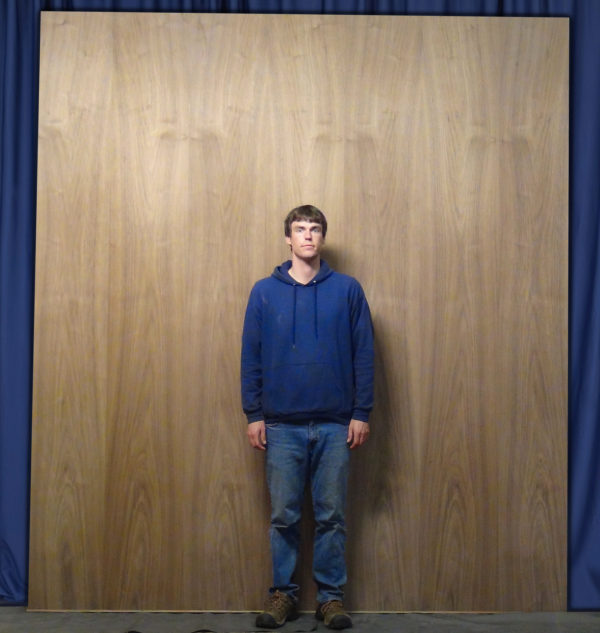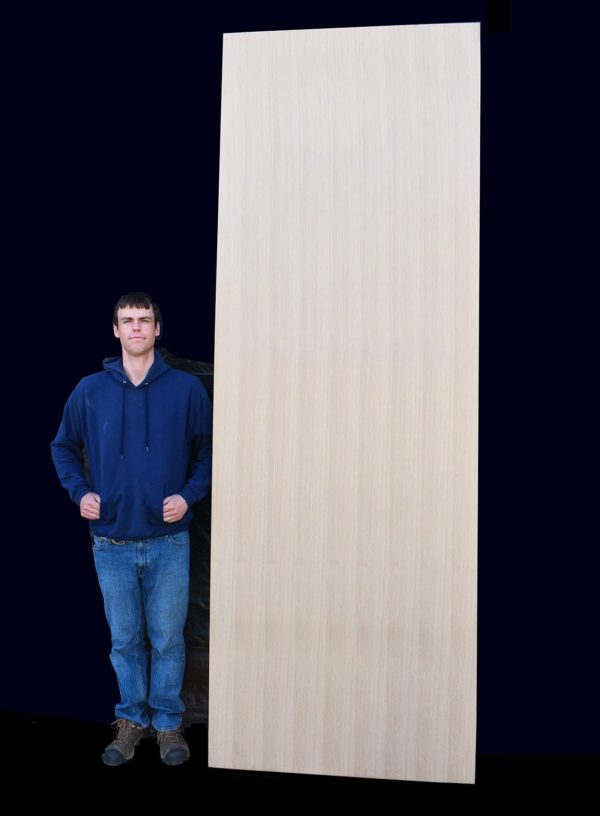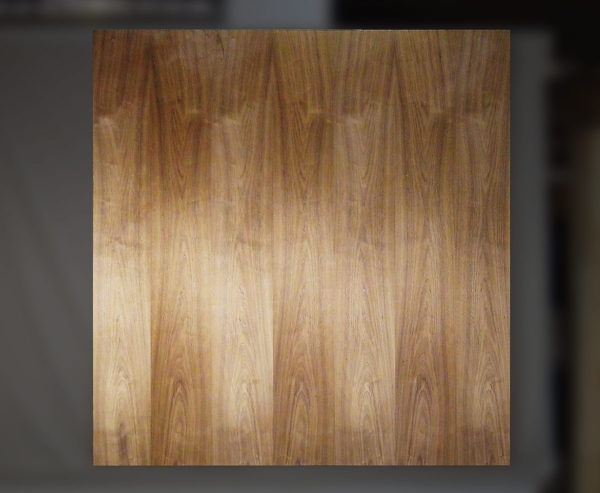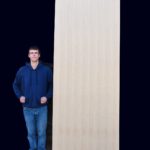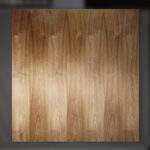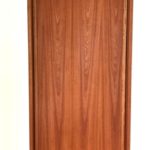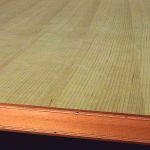Veneer doors are the most responsible use of natural resources because the declining supply of available natural wood grains are mediated by slicing very thin layers of grain into sheets of natural material which can be applied to a flat surface, such as plywood, panels, or used as door skins.
Most Popular Veneer Doors
While the various wood grain varieties of doors change, some veneer types are more popular than others around the USA. Right now, the two most popular wood veneer doors are,
Walnut Veneer Doors and Oak Veneer Doors
Walnut and oak veneers are tied for first place in the world of veneer doors, followed by maple, birch, teak, mahogany, cherry, ash, cedar, and pine veneer doors, in that order.
A veneer door is indeed beautiful, but this elegance is only skin deep. The attributes of the veneer door’s underlayment are the key which greatly enhances or diminishes the appeal of your veneer door, which is the best predictor of your veneer door’s performance over time.
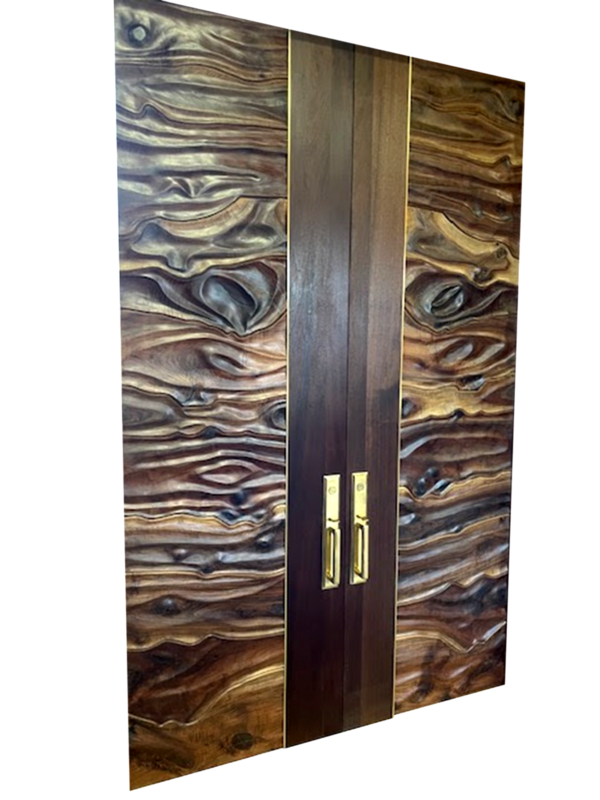 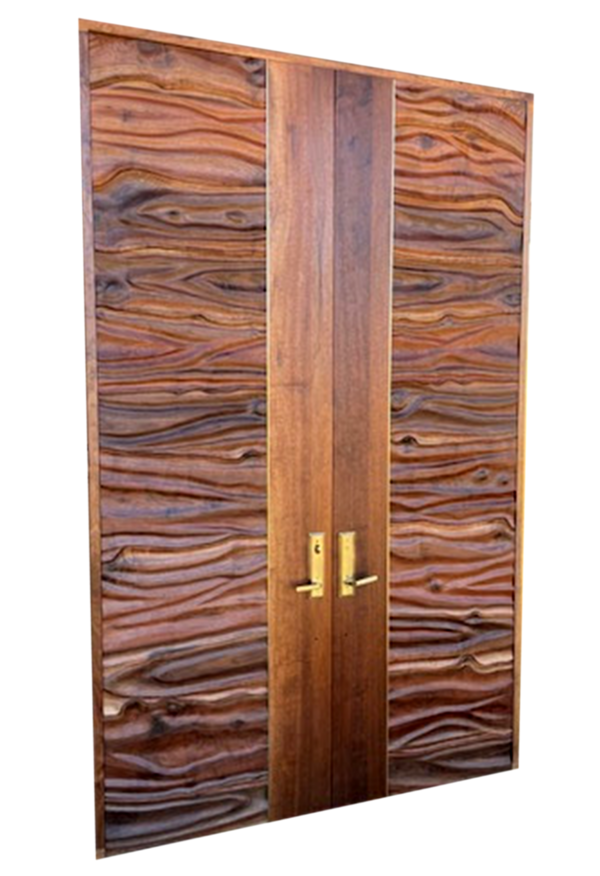 |
Veneer is an excellent way to build a standard-sized door, but when you are reaching for door heights which pass the 8 foot mark or widths that are greater than three-and-a-half feet wide, you start running into the risk of door failure.
Even if you run into a problem with a standard sized door, it’s not too much of a problem, because factories (most offshore) are churning these out by the thousands every day. So, when your door fails, you just run down to your local hardware store and buy an inexpensive replacement door and you are back in business. This is often less expensive than hiring a millwork to service or repair your veneer door.
Large Veneer Door
Large veneer doors are an entirely different animal. These oversized doors do not come off of a conveyor belt. They are usually a one-off build by a highly skilled artisan or team of craftsmen who are building these big veneered doors according to engineered architectural specifications.
There are many things to take into consideration for a large door with a natural wood veneer on it. The first consideration is the veneer, itself. How thick is it? What will the substrate be made of? How will it be applied to the substrate. If, laminated, what is the method used, what adhesive will be applied, and how long will the lamination last, before it starts to delaminate?
Wood veneered doors are more commonly used indoors, as the thin veneer is not well-suited for exposure to the elements, such as in a large front door application. In this case, you would be better off using a thicker surface material such as an eighth to a quarter inch-thick wood stave skin (planks) for exterior doors.
Most importantly, you want to pay close attention to how the door will be made from the inside out, especially in large veneer doors over a standard 3-0 7-0 door? Why? Because they will warp. Almost any material used in building an oversized veneer door will move according to variations in the environment where the door resides.
I say, “almost,” because there is one way to build a large veneer door that will not warp.
Warp-free Veneer Door
If there’s one thing that the high-end custom veneer door manufacturers know, it’s that if it’s large and, “If it doesn’t have Sing Core inside, there’s no warranty.” Why? Because all large veneer doors move. That is to say, they warp, bend, twist, or delaminate, because they do not have Sing Core inside. All due to the movement of the door over time which breaks down all the necessary components and compromises the operation of the door.
Thanks to inventor Peter Sing’s invention of his engineered composite hybrid warp-free veneer door core, doors can be made to remain straight and true for years to come. They are also the lightest weight strongest (stronger than steel pound for pound) door blanks in the world which are also fully insulated for added sound deadening and climate control capabilities.
Even though Sing says, “We do not build doors,” he is responsible for some of the biggest most beautiful doors in the world that deliver the highest precision (Sing’s core boasts +/- .006-in. tolerances) most sustainable doors in the world with unsurpassed longevity. Each door with Sing’s core inside can be backed by Sing’s unprecedented,
50-Year Warp-Free Guarantee
This is the truth. Sing guarantees his doors to remain warp-free for 50 years. He has been providing the biggest and best door companies in the nation with warp-free door core. And if you ask these door companies, “Why?” They answer,
“There’s no other way to do it.”
There is no other way to build a big veneer door that will not warp without Sing’s core. That’s why we rely on Peter Sing’s invention to deliver the goods. And, as Sing says, “If it wasn’t true. If I couldn’t do it, even once, I could never offer that guarantee again.” And he’s still here without even one warped door in ten years.
How do you get Sing Core?
Increasingly, Architects are specifying Sing Core in all their high end essential large door projects. But if you want one, all you have to do is to go to your local millwork or large custom door manufacturer, and tell them what you want, but be sure to tell them, “I want Sing Core inside,” and leave the rest up to us.
It takes a village to build a large veneered door.
Architects and engineer’s work on the concept and the design, then there are the door companies and millworks who are responsible for the hardware and finishing aesthetics, and finally fine craftsmen hang and install the door.
Your veneer door with Sing Core inside is a one of a kind work of art.
That’s why you find Sing’s core in the tallest doors in the tallest building, on the top floor of the Freedom Tower at World Trade Center in New York, and anywhere from beneath the sea (US Navy) to outer space (NASA).
Let us help bring your dream door to life.

